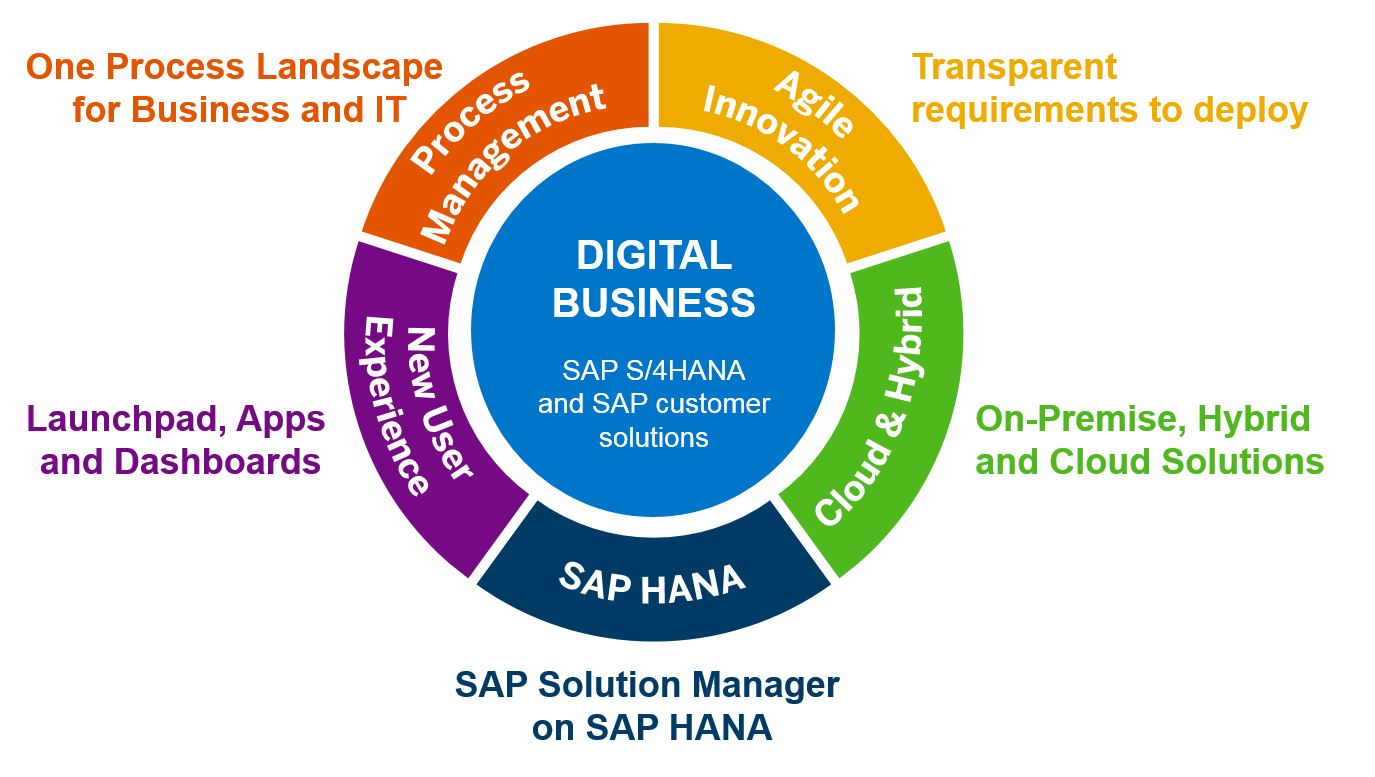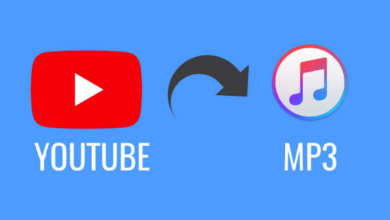5 Main Benefits you Get from Content Aggregation

We all know content is king on the Internet. Creating value for customers and engaging with the search engine algorithms are essential in securing visibility for your brand.
But what do you do, when you don’t have the means to pump out content like it’s nobody’s business? You turn to content aggregation.
What is content aggregation?
Let’s walk you through the definition. Content aggregation is just what it says it is. You gather lots of content from different sources within a given topic. For example, this can be a site that shows aggregated articles on the medical industry from all over the Internet. The subject can remain as broad or as specific as one or more related keywords. In this case, it would be to aggregate content only on cancer research or medical devices. The choice is absolutely to you.
The process of content aggregation runs automatically, which separates it from content curation – an intentional selection of others’ content. With aggregation, you set it and forget about it, which is its greatest strength ultimately. It boosts traffic and boosts your own content, especially if you’re not posting often. Successful sites rely on frequent publication, so there’s that. There are some drawbacks, of course, a key one being that it tends to display the same type of information, which can negatively affect your own original content.
However, content aggregation can be used internally for the benefit of the business in question. It is in essence the current best use of RSS to achieve deeper research into topics and trends.
5 main benefits of content aggregation
As we’ve mentioned, content aggregation has its application internally and externally. RSS readers have evolved quite a lot to provide users with discovery options and browser extensions to capture and structure new content to their specific needs. That’s what makes it so attainable no matter what your current budget is and there’s much to take advantage of.
You gather meaningful data
Content aggregation always reveals valuable information to the user, whether you’re reading posts internally on your RSS reader or aggregating content on your site. Within any given topic, you’re going to see trends naturally take shape over time, especially if you’ve done your setup job right. The trick is to select only content that’s relevant and meaningful to your target audience.
The more valuable the information you share with your audience the more visibility you gain and perform well on search engines for your given keywords. This also works as a handy way to stay in step with what’s written in your sector and use that knowledge to your advantage. It’s money well spent considering you can use this knowledge to target future campaigns or develop products.
It is cost and time efficient
We mentioned curation. Well, curation is ideal in best targeting content and sorting out the best, but it’s labor intensive and requires a lot of investment in time and money. Not everyone has one person dedicated to this.
Aggregation, on the other hand, is uncomplicated in this regard. Thanks to automation, there’s no human involvement needed apart from changing the filters and keywords every once in a while to ensure the content stream remains fresh in the end.
This way you can have your staff work on what’s important, while you have fresh updates multiple times per day. Content aggregation also fills in when you don’t have the material base to produce original content at a high pace.
You can customize content and products
Because aggregation is automated, you have sole control over its filters. This translates to an easy switch between types of content. Customization can be done quickly and doesn’t require any steep learning curve to accomplish.
It all boils down to what aggregation tool you use and what its particular features are. Google loves new content and for SEO purposes, large volumes of fresh content targeted to your SEO keywords will keep bots coming back for more.
You can monitor your brand
This is where RSS steps in as the right aggregation tool to perform brand monitoring. RSS readers have a lot to offer marketers in terms of features and support for content types, so you can have a master feed syndicating brand mentions from Twitter hashtags to forum posts and comments to trade publications. You can see what’s being said about you in real time across multiple platforms.
Brands can easily lose sight of the bigger picture by focusing only on what comes into their DMs and inbox, but that’s only a fraction of the larger conversation. Most people will talk about your brand without actually tagging you in their posts. RSS readers keep you well informed and even supplements your research efforts. Inoreader has advanced discovery functionality and offers users a handy browser extension for better handle on subscriptions.
Communicate and interact with customers much easier
Apply content aggregation to start conversations with your target audience. A popular approach to content aggregation is to ask customers to submit their own content (usually pictures or videos) using a branded hashtag. These can be anywhere from showing the product in use or doing one of the popular Internet challenges for fun. Compiling and then displaying these posts on your branded social media pages through aggregation builds a better customer relationship.
Content aggregation and your business
Content aggregation is perfect for smaller businesses, because you’re able to boost your offering to customers and readers, thus creating additional value since they don’t have to look anywhere else to discover relevant content on the topic. The added bonus of different voices and sources further enrichens their experience on their site. It also frames your content with influencers, top experts and thought leaders, thus rubbing off on some of that prestige and reputation.
The expenses are low, so there’s not much of a barrier to entry and you can boost your SEO in the time being. Content aggregation has its strengths, but there are no guarantees that your own content will gain traction. In fact, it might get lost in the shuffle, if you’re not careful.




